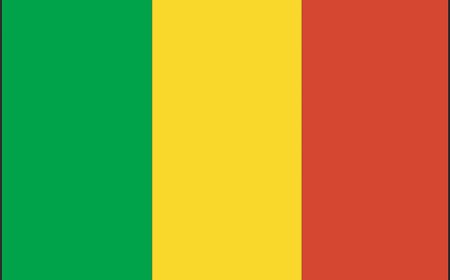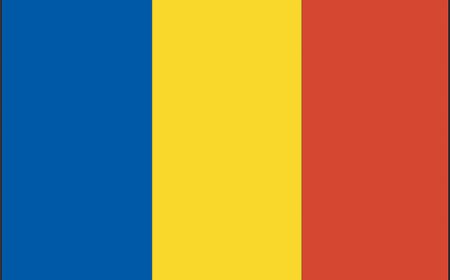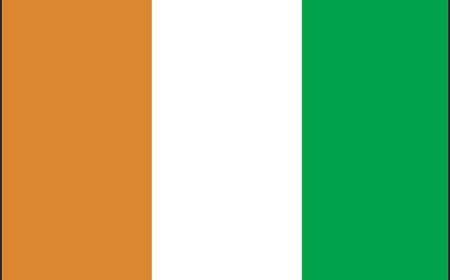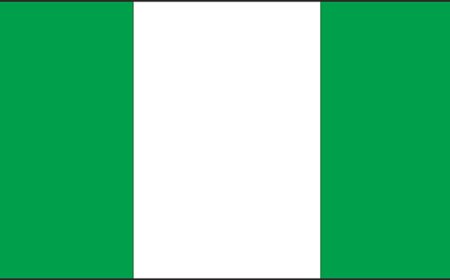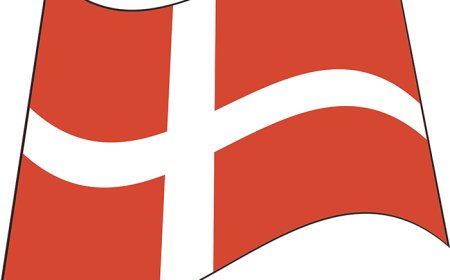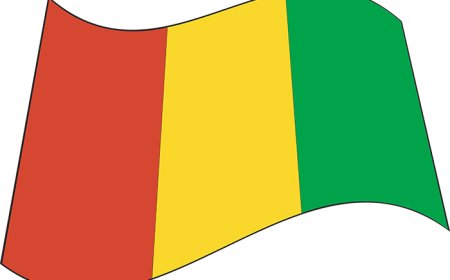Algeria for Students: Geography, Culture, and History of Africa’s Largest Country
Discover Algeria's landscapes, people, and ancient past in this student-friendly article. Includes vocabulary, fun facts, a quiz, and national standards alignment
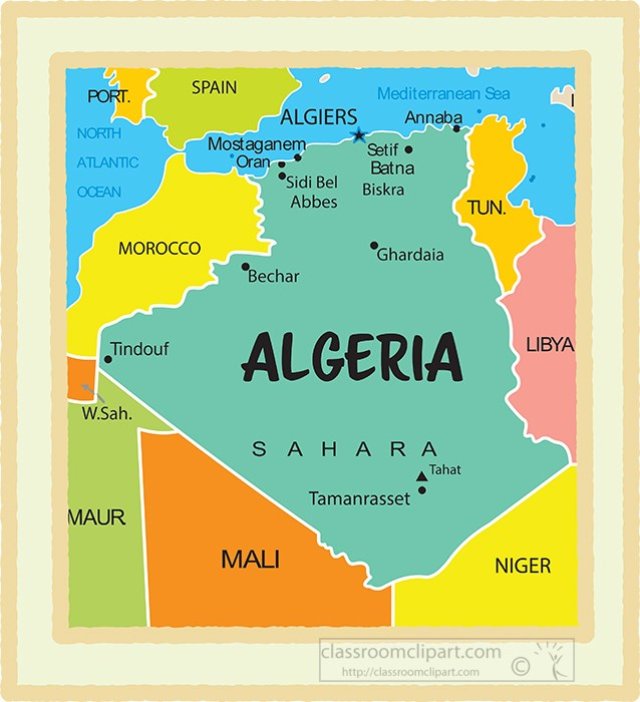
🗺️ Introduction: A Land of Sand, Sea, and Story
Algeria is the largest country in Africa and the tenth largest in the world. Located in North Africa, it stretches from the Mediterranean Sea in the north to the vast Sahara Desert in the south. Algeria is a country of contrast—its coastal cities are busy and modern, while its desert towns are calm and filled with ancient traditions.
Algeria is rich in natural resources like oil and gas, but it’s also rich in culture, language, and history. People in Algeria speak Arabic and Berber, practice Islam, and celebrate centuries-old traditions. From Roman ruins to desert oases, Algeria has something fascinating for every curious learner.
🌍 Geography and Environment
Algeria covers over 2.38 million square kilometers (919,595 square miles), making it larger than Greenland or Mexico. It borders Tunisia, Libya, Niger, Mali, Mauritania, Western Sahara, Morocco, and the Mediterranean Sea.
Regions of Algeria:
- Northern Coastline: Mediterranean beaches and large cities like Algiers (the capital).
- Tell Atlas Mountains: Fertile farmland and olive groves.
- High Plateaus: A dry steppe area used for grazing.
- Sahara Desert: Covers about 80% of Algeria. Famous for sand dunes and rocky plateaus.
Climate:
North Algeria: Mild, wet winters and hot, dry summers (Mediterranean climate).
South Algeria (Sahara): Extremely hot and dry. Temperatures can rise above 50°C (122°F) in summer.
🏛️ Government and Population
Key Facts:
Capital City: Algiers
Population: About 45 million people
Language: Arabic (official), Tamazight (Berber), French (widely spoken)
Religion: Islam (Sunni majority)
Currency: Algerian dinar (DZD)
Government Type: Republic with an elected president and parliament
Algeria gained independence from France in 1962 after a long and difficult war. Today, it is a member of the African Union and the Arab League.
🎭 Culture and Daily Life
Algerian culture blends Arab, Berber (Amazigh), African, and French influences.
Traditions and Celebrations:
- Yennayer: Amazigh New Year celebrated in January with music, dancing, and special food.
- Eid al-Fitr and Eid al-Adha: Islamic holidays with family gatherings and feasts.
Food:
- Couscous: A national dish made of steamed semolina grains served with vegetables or meat.
- Chorba: Spicy soup with meat, chickpeas, and noodles.
- Mint tea: Popular throughout the country.
Clothing:
- Men may wear a djellaba (long robe) or burnous (cloak with a hood).
- Women often wear colorful wraps and scarves.
Sports and Arts:
- Soccer (football) is the most popular sport.
- Algeria is also known for Rai music, a blend of traditional and modern rhythms.
📜 History Highlights
Algeria has a deep and fascinating history:
Ancient Times: Algeria was home to early human communities and later part of the Roman Empire.
Arab Expansion (7th century): Islam and Arabic language spread through North Africa.
Ottoman Rule (1500s–1800s): Algeria was part of the Ottoman Empire.
French Colonization (1830–1962): France ruled Algeria for 132 years.
Independence (1962): Algeria won freedom after the Algerian War of Independence, a major event in African decolonization.
Today, Algeria honors its independence with pride, especially on July 5, its National Day.
💰 Economy and Resources
Algeria has one of the strongest economies in Africa due to its energy exports.
Main Resources:
- Oil and Natural Gas (biggest exports)
- Iron ore, zinc, and phosphate
- Dates and olives from oasis farming
Challenges:
High unemployment, especially among youth
Drought and desertification
Dependence on oil makes the economy sensitive to global prices
🦎 Wildlife and Natural Wonders
Though most of Algeria is desert, it still supports unique wildlife and ecosystems.
Native Animals:
Fennec fox – Algeria’s national animal, small and desert-adapted
Barbary macaque – a rare monkey found in northern forests
Addax antelope – an endangered desert species
Camels, lizards, and snakes – adapted to Sahara life
Nature Parks:
Tassili n’Ajjer National Park: A UNESCO World Heritage site with prehistoric rock art
Ahaggar Mountains: Home to volcanic peaks and nomadic Tuareg people
📚 Vocabulary List
Word Definition
Oasis A green area in a desert where water is found
Atlas Mountains A mountain range stretching across North Africa
Sahara The world’s largest hot desert
Berber (Amazigh) Indigenous people of North Africa
Colonialism When one country controls another area as a colony
Independence Freedom from control by another country
Dinar The official currency of Algeria
Medina The old part of a North African city
National park Protected land for nature and animals
Fossil Preserved remains of ancient life
🧒 Kid-Friendly Summary
Algeria is the biggest country in Africa, with deserts, mountains, and beaches. Most people live near the Mediterranean Sea, while the south is part of the hot and dry Sahara. Algerians speak Arabic and Berber, and they love soccer, couscous, and mint tea. Algeria has a long history, from Roman times to French colonization. It became an independent country in 1962. Today, it's known for its oil, culture, and unique animals like the fennec fox. There’s so much to learn about this desert land!
🎯 Quiz: How Well Do You Know Algeria?
1. What is the capital of Algeria?
a) Oran
b) Algiers
c) Casablanca
d) Tunis
2. What language is officially spoken in Algeria?
a) French
b) English
c) Arabic
d) Spanish
3. What desert covers most of Algeria?
a) Gobi
b) Kalahari
c) Sahara
d) Mojave
4. When did Algeria gain independence from France?
a) 1776
b) 1962
c) 1945
d) 2001
5. What animal is Algeria's national symbol?
a) Lion
b) Fennec fox
c) Elephant
d) Camel


















































